Corgarff Castle
This Scottish castle has witnessed clan rivalries, Jacobite uprisings, whisky smuggling, and more.
To the casual observer, Corgarff Castle might look like a lightly fortified farmhouse, and not the kind of castle we typically associate with British history. But don’t let its appearance lower your expectations. Corgarff has a history to make even the grandest of Scottish castles proud.
Corgarff Castle stands in a wild and isolated spot, but one that historically has been of strategic importance due to its location along the route between Deeside and Speyside (or between the River Dee and River Spey). The first castle was built around 1550 by the Forbes clan. Back then, it consisted of a tower house enclosed within a simple, and probably rectangular, defensive wall.
At the time, Clan Forbes of Towie was in the midst of a lengthy and bitter feud with Clan Gordon. This rivalry resulted in the perhaps darkest day in the history of Corgarff Castle, when in November 1571 Adam Gordon of Auchindoun Castle tried to capture Corgarff.
Whether intentionally or not–an issue subject to some debate–Gordon and his men arrived at the castle while the laird and his fighting men were away. The only people inside the castle were John Forbes’s pregnant wife, Margaret, and about 26 other women, children, and servants. Margaret had no intention of giving up her home without a fight, and shot one of Gordon’s men through the knee with a pistol. The enraged Gordon ordered his men to set fire to the castle, and everyone inside was burned to death.
The castle was repaired but the troubles continued. Corgarff was seized, albeit briefly, in 1607, and two years later was raided by highlanders who stole all the animals. Some order was restored in 1626 when the castle was acquired by the Earl of Mar.
Later, in 1645, it was occupied by James Graham, the Marquis of Montrose, on behalf of Charles I, to whom Graham was extremely loyal. Graham commanded the Royalist forces in Scotland during the Civil War, and used the castle as a mustering point and supply base.
With the beginning of the Glorious Revolution in 1688, the castle again found itself in the midst of a power struggle. And in 1689, it was once again burned down, this time by Jacobite supporters who didn’t want it to fall into the hands of Royalist troops. The turmoil continued for decades more, until the Battle of Culloden on April 16, 1746, which marked the final confrontation of the Jacobite uprising.
In 1748, the castle was bought by the British government, partly to aid in their pacification of the highlands. It was at this time that Corgarff was converted from a fortified tower house to a military barracks, the most obvious addition being the star-shaped perimeter wall that still surrounds the castle. A permanent military garrison of about 50 men was stationed at the castle. It was their job to keep an eye on the highlanders, making sure they didn’t carry weapons or wear kilts or tartan, both of which had been banned in the Dress Act of 1746.
Things eventually quietened down around Corgarff Castle, and from 1802 it was used as a farmhouse. But in 1827 it began its last hurrah, not against highlanders or rebels, but against local whisky smugglers. The government repurchased the castle specifically to tackle illegal whisky smuggling and distillation in the area.
The anti-smuggling garrison remained in place until 1831. After their departure, the castle was abandoned and began its slow decline. It was eventually passed into state care in 1961, and is now looked after by Historic Environment Scotland.
Know Before You Go
Corgarff Castle is located just off the A939 road to the west of the village of Corgarff in Aberdeenshire, northeast Scotland, and about 8 miles west of Strathdon. One of the best views of the castle is from the layby up the main road towards Tomintoul. The castle is open daily from April 1 to September 30 from 9:30 a.m. to 5:30 p.m., and is closed from October 1 to March 31. Tickets are £6 for adults and £3.60 for children aged 5 to 15 (free for children under 5).

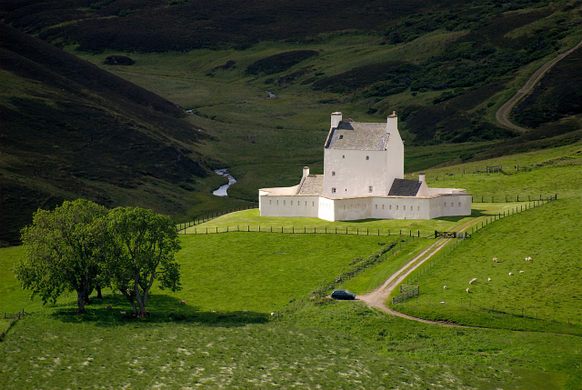
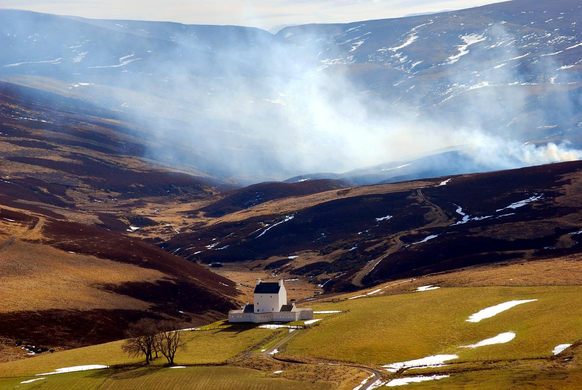
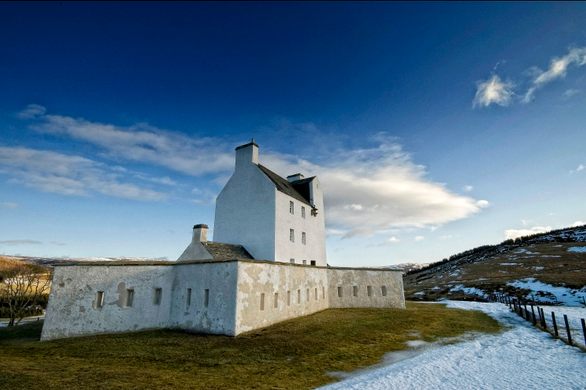

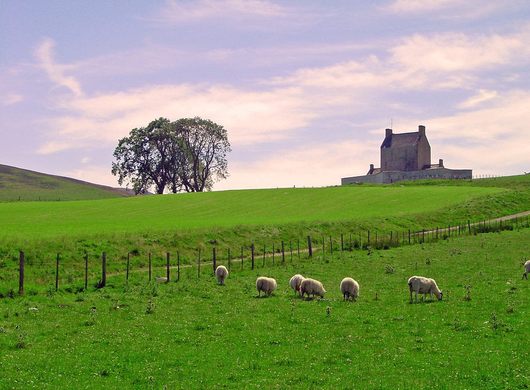

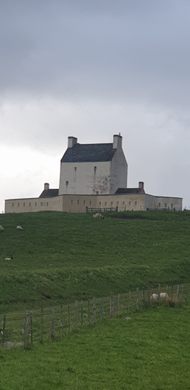
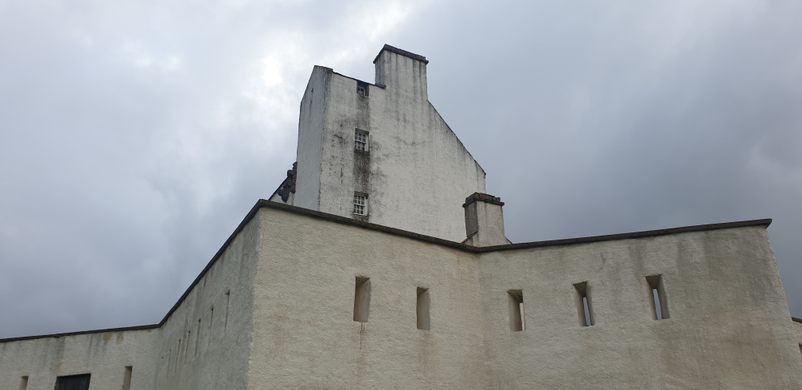
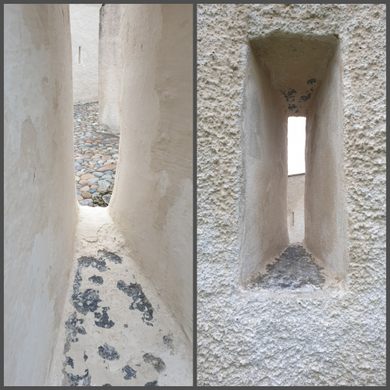






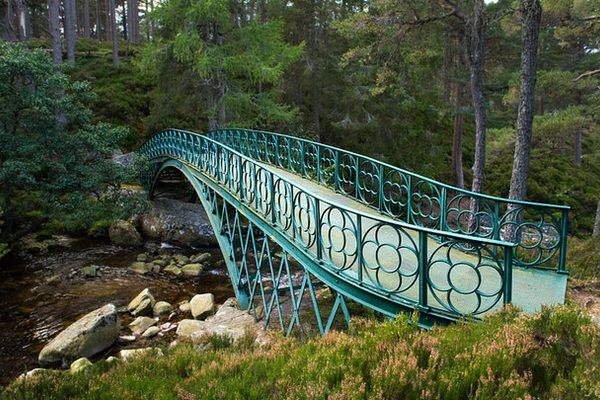
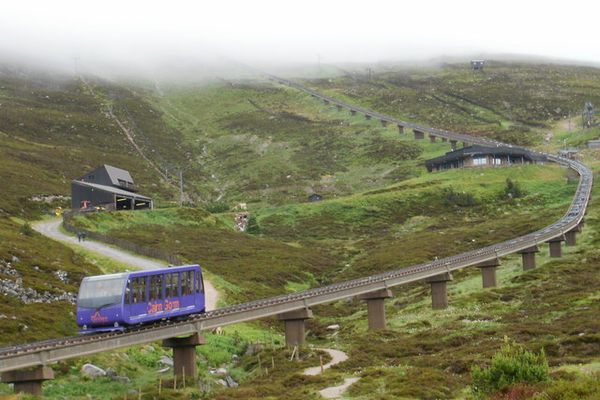


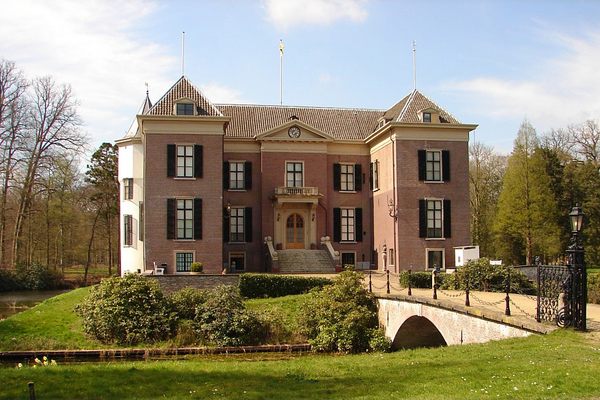



Follow us on Twitter to get the latest on the world's hidden wonders.
Like us on Facebook to get the latest on the world's hidden wonders.
Follow us on Twitter Like us on Facebook